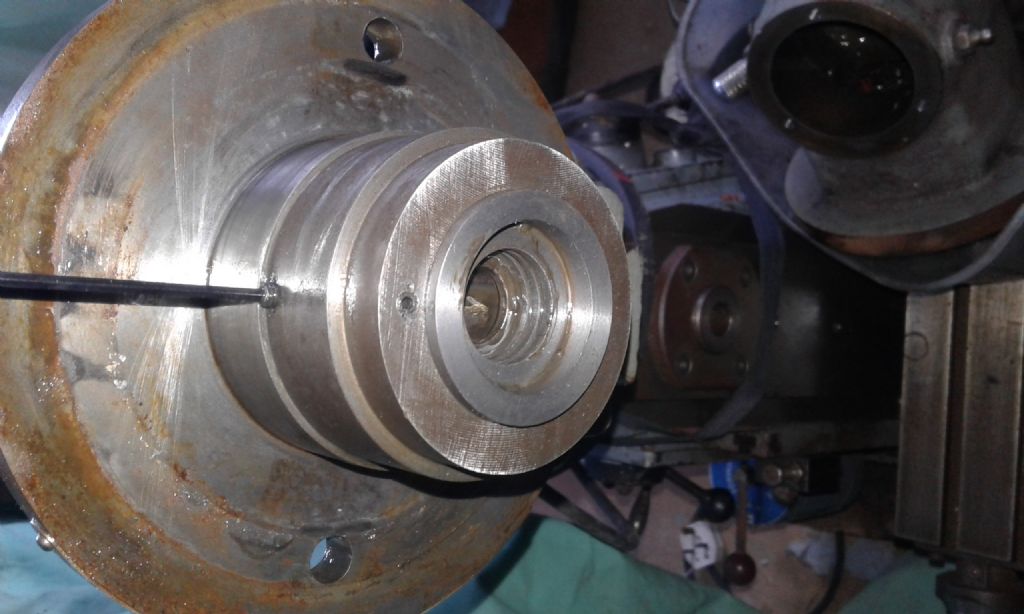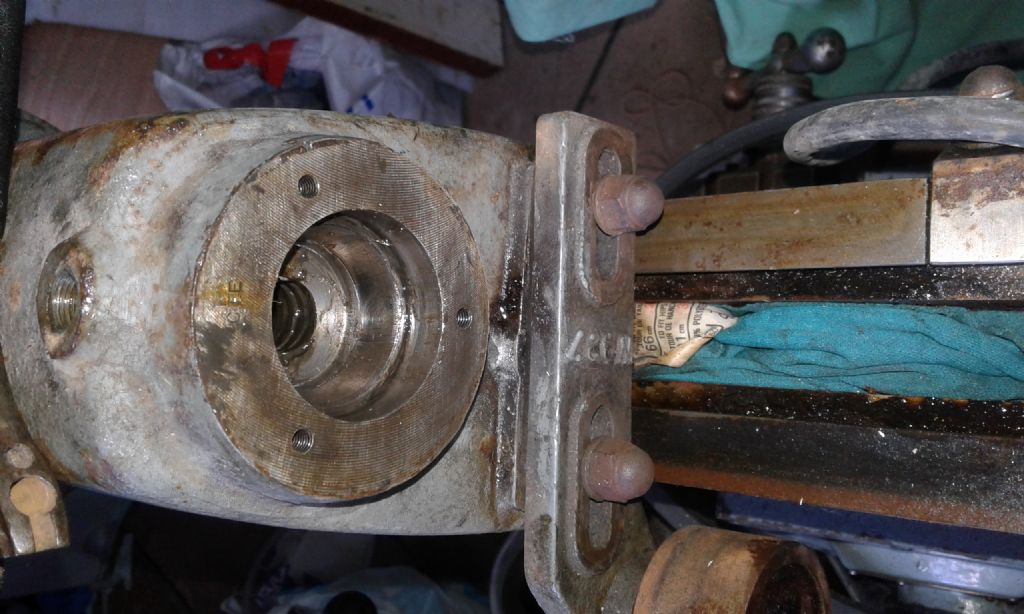Posted by not done it yet on 05/05/2021 23:24:45:
Is there a reason why Dewhurst switches aren't good at on/off?
The contacts are not really adequate for inductive load switching.
Correct!
Given a dismantled Dewhurst looks solid old-fashioned quality, it may be worth explaining in more detail what the problem is.
To carry a steady current switch contacts only have to have a suitably low resistivity so they don't overheat. The design of a non-breaking switch just has to bring two metal surfaces together over an area big enough to carry the current without getting hot, which is easy to do. This is what the Dewhurst is designed for,
What happens when switch contacts open whilst carrying power is much more difficult.
- If the contacts don't part simultaneously over their full area, all the current passes briefly through a reduced contact area causing local overheating, which may severe enough to damage the metal. The effect adds up and once damaged, the contacts wear out quickly.
- When two contacts carrying power separate slowly an arc forms between them. As an electric arc burns at about 8000°C and Tungsten boils at 5600°C, the contacts have a hard time, welding or vaporising! The best way of reducing arcing is build the switch to pull the contacts apart as quickly as possible. This is usually done with a pre-loading spring toggle mechanism that breaks contact with a snap action.
- As NDIY says, breaking an inductive load like an electric motor, is particularly demanding. In this case, opening the switch causes the magnetic field in the motor windings to collapse and generates a voltage spike of up to several thousand volts. As 5000V will jump an air-gap of about 0.3mm the switch contacts have to separate even faster. In jumping the gap, the spark creates a conductive ionised path which can carry and sustain an arc between distant contacts long after that caused by breaking a non-inductive current has stopped. Switches designed for breaking inductive loads typically add some way of destroying the arc by cooling.
Whilst classic British machine tools are mechanically excellent, the same can't be said of ancient electrics. Beware perished insulation, absent safety features like NVR, dubious earthing, leaky capacitors, and stuck centrifugal switches. The Dewhurst switch is an old fashioned design, expensive to manufacture, and a shade below modern safety standards. They're satisfactory for reversing provided the power is disconnected first, but their chunky look and feel misleads people into thinking they can be used as an ON/OFF switch. Unfortunately the switch inside is a basic rotary type, the contacts open slowly and they don't break cleanly with the contact faces parallel. Better designs were available at the time but more expensive. Modern* motor switches are all improvements and affordable too. I'd replace a Dewhurst unless it's essential the machine looks authentically old.
No doubt someone will be along to say their Dewhurst has been used continually since 1947 and is still perfect. Maybe, but dodgy Dewhursts are one of the most common problems reported by Myford owners…
Dave
* Modern in this case means later than about 1970!
 Bazyle.
Bazyle.





